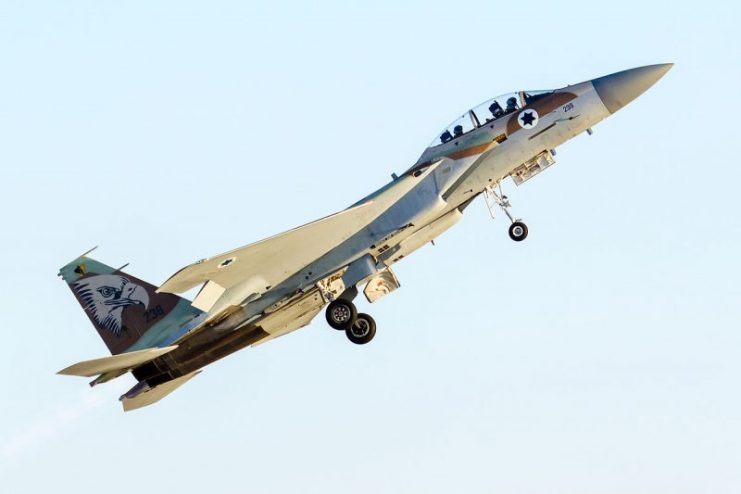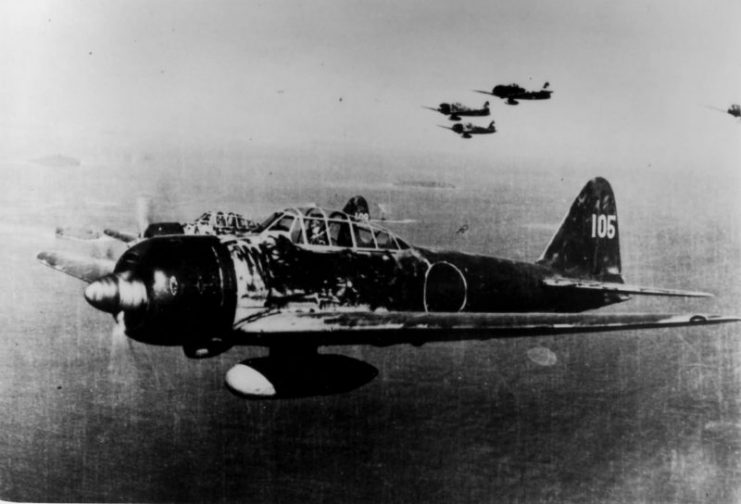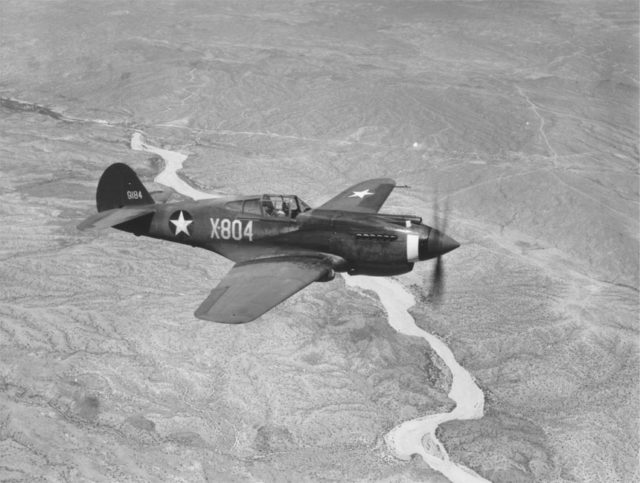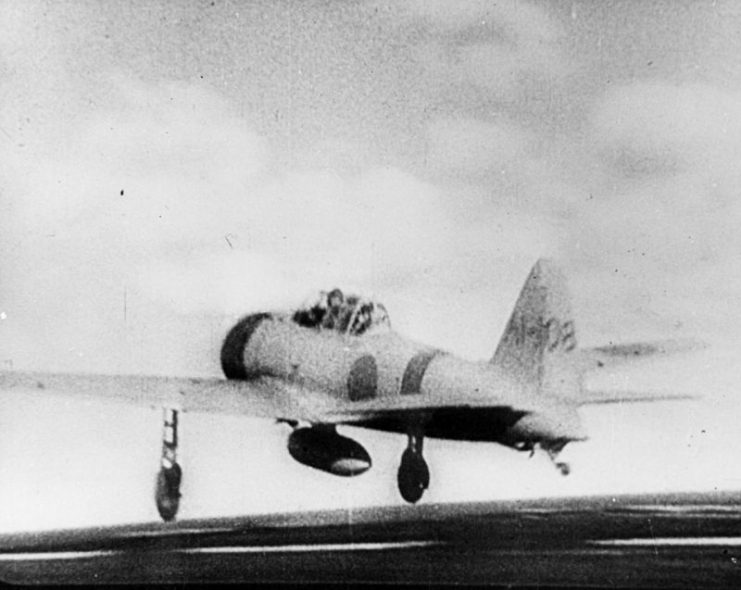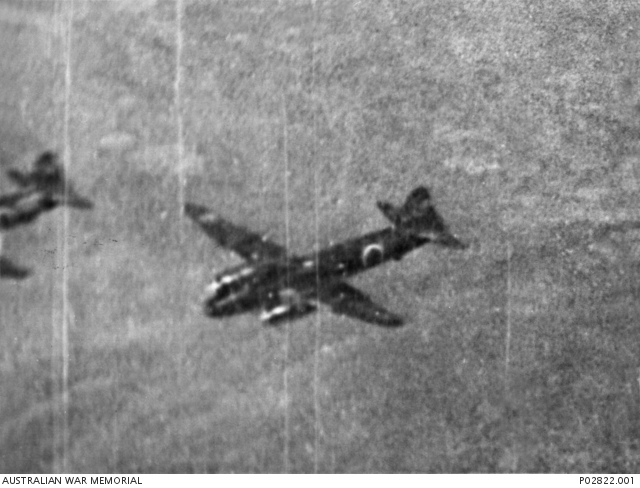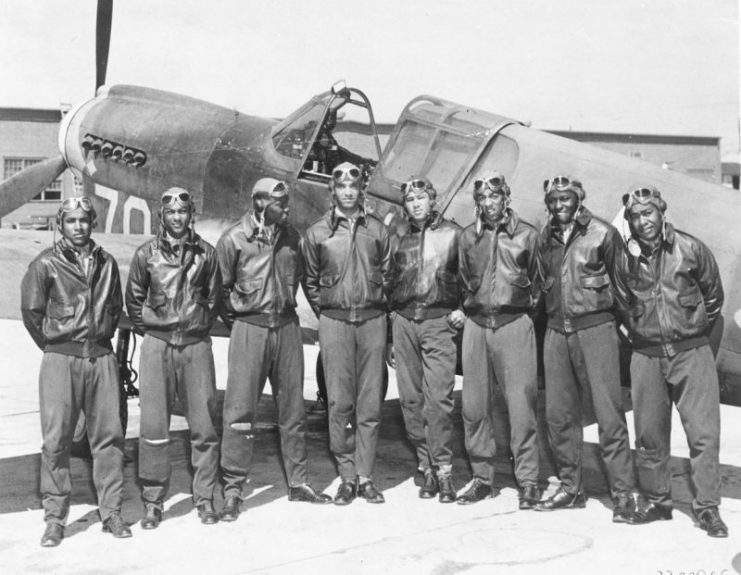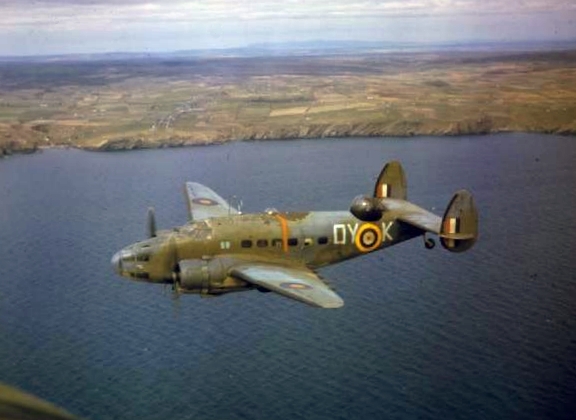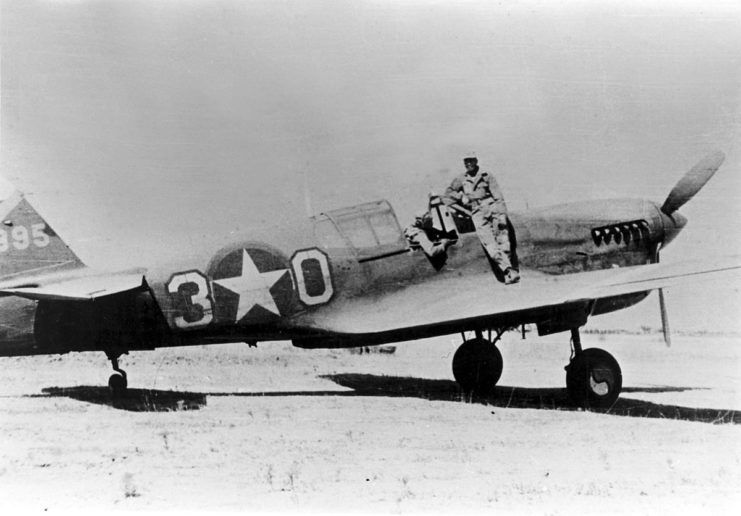Monolithic Power Systems wants to give optical encoders a run for their money. The MPS mCar EV demo showed off angle position sensors and motion control at electronica 2018.
At electronica 2018, there were several automotive-centric demos at booths, sometimes even displays of ritzy F1 cars sponsored by electronics companies. Among these was a uniquely non-automotive-focused display: an electric vehicle designed specifically to demonstrate motion control and angular sensors.
Monolithic Power Systems is not necessarily the first company that comes to mind when you think of EVs, particularly not in the veritable sea of EV announcements and automotive-related products at electronica or other popular shows. Yet there sat the mCar, MPS's demo at their booth, an undeniably interesting electric vehicle with pivoting wheels slowly inching across the showroom floor.
![]()
MPS mechanical engineer and primary designer of the mCar Aaron Quitugua-Flores explains that the mCar is the brainchild of CEO Michael Hsing. Hsing reportedly loves vehicles and determined that a custom EV would be an attention-grabber for MPS. The issue, of course, was that MPS didn't have the required machine shop to develop such a project.
So, quite simply, Quitugua-Flores was hired to build one.
Over the last year and a half, a team built a machine shop in San Jose and designed, fabricated, and created the electronics integration for the mCar, in partnership with a China-based team that handled the motor control aspects.
The mCar, overall, represents a hugely ambitious project to develop an EV to demo products that don't necessarily have EVs in mind.
![]()
The mCar doing donuts with its tires pivoted inward in the MPS video
So if MPS isn't what comes to mind when one thinks of automotive, how did the mCar fit into electronica? MPS is no stranger to power-related components, infotainment systems, and lighting in automotive, but nothing on what Quitugua-Flores calls a "macro-scale."
"We've had several people ask, I assume semi-jokingly, 'Can we buy the car?'" he says. "And that's part of the reason we wanted to build something like this. We wanted people who don't necessarily know what MPS does to be able to come in and start a conversation."
While MPS isn't trying to sell a car, the mCar shows off several functions that one may need in their own applications. In addition to showing off MPS's core components (power regulators, voltage regulators, voltage converters, etc.) the mCar hopes to demo two main functions:
- motor control elements
- angular position sensors
Smart Motor Control Modules
The mCar demonstrates several smart motor modules. These include a BLDC motor coupled with an integrated control module already attached to the motor. "With that," Quitugua-Flores adds, "we have a rotor position sensor and field-oriented control integrated into the same chip. The associated board, also mounted onto the motor, includes motor drivers and a local MCU. The goal is to make integration into applications very streamlined."
![]()
A motor control module on the mCar
The initial developments of the mCar included just magnetic angle sensing, but the current iteration shows integrated magnetic angle sensing with the control of brushless DC motors (BLDCs). In essence, it's showing the ability to "control everything together" in a single package.
Though the smart motors aren't quite ready for the automotive space, BLDCs are becoming more dominant across many other applications, such as robotics.
Contactless Magnetic Angle Sensing
Beyond the smart motors, angle sensing is what MPS hopes people will take away from the mCar demonstration since they're applicable for a lot of systems today.
On the mCar, an example is the drive-by-wire features. "In our car," Quitugua-Flores says, "the steering wheel is completely drive-by-wire so there's no mechanical connection between the steering wheel and the actual tires that turn. We have a magnetic angle sensor that detects the steering wheel angle and converts that to what the tire angle needs to be for various steering modes."
In the image below, an MPS angular sensor—indicated by the blue LED on the right—is mounted directly to the steering column on the other side of the dashboard, sensing when the driver turns the wheel.
![]()
From left to right, the steering wheel, dash, and angular sensor measuring the angle of the steering column.
In this case, the sensor information is then fed wirelessly to the rest of the car to instruct the wheels to turn, etc. This, Quitugua-Flores says, is a feature remaining from the mCar's development where steering commands needed to be input remotely before a driver's seat was added.
![]()
The angular sensor attached to the steering column, along with the board and antenna sending signals wirelessly to the wheels, etc.
The same rotary magnetic angle sensor is used on both the throttle and the brake pedals, sending data wirelessly or via wired signals. Similar to the steering wheel, the brake and acceleration pedals are equipped with angular sensors directly on the pivot point to measure the angle at which the pedal is depressed.
![]()
An angular sensor seated on the pivot point of the pedals
"Everybody kind of assumes that, at some point, everything's going to be drive-by-wire or wireless this, wireless that. To some extent, it is sort of looking towards the future," Quitugua-Flores adds.
But, of course, the mCar isn't intended to revolutionize the EV space just yet. "Since this is an R&D application, we don't have to immediately think about the NHTSA (National Highway Traffic Safety Administration) type of safety regulations."
Suspension Control: Angular Sensors and Motor Control
Another aspect of the mCar that isn't likely to show up in traditional automotive settings yet is one of the things that Quitugua-Flores thinks makes the demo so cool. The cockpit/driver's seat of the car pivots freely, suspended from the front and rear suspension modules. As Quitugua-Flores explains, the center of gravity is placed such that, when the driver goes around a turn, they tilt into the turn, essentially banking like a plane or motorcycle. "[The driver is] pushed down into the seat rather than pushed laterally out of the seat."
![]()
The view from under the mCar as the driver's seat above tilts in a turn. Gif courtesy of Monolithic Power Systems
This is a demonstration of the sensors and motor control systems working in tandem.
Quitugua-Flores explains the system like so: "We can attach one of our angle sensors and detect that rotational position. We take that information and send it to our suspension control. We have a design for our shocks with a BLDC motor and our smart motor integrated in there to be able to change the length of each shock and thereby change the camber, which is the vertical tilting of each wheel. The ideal scenario is that, when the frame tilts in a turn, the suspension will change such that the tires will also tilt in the same direction. ...In essence, it's like a four-wheeled motorcycle. "
![]()
The angular sensor above is attached directly to the shaft that suspends the driver cockpit. This sensor tells the suspension how to behave to allow the driver a smooth ride.
This obviously isn't something that's part of typical vehicles, but there are versions of it in mostly conceptual urban utility EVs and even in some all-terrain vehicles.
A Battle of Precision: Magnetic Sensors vs Optical Encoders
The mCar demonstrates some of the sensing and motion control necessary to make a demo EV run effectively, but this isn't necessarily a high-precision application. For systems that require high precision, MPS also has a robotic arm with seven degrees of freedom at the booth.
Inside the arm, Productive Robotics' Jake Beahan explained, are 16 MPS angular sensors, each indicated by a blue LED. This demo is to show that precision applications are certainly possible for the current generation of MPS sensors.
![]()
The robotic arm spent its time at electronica carefully passing small soccer balls from one holder to another to demonstrate precision control
For higher-precision applications, however, MPS will need to up their game.
The current competition, Quitugua-Flores says, is optical encoders that can achieve the same functionality as these magnetic angle sensors.
"An optical encoder requires a disc and a light source and the disc mounted on whatever rotating element you have. A common example is a motor shaft. This disc would be mounted on a rotor shaft and an associated light source would shine a light through slits that are cut into the disc. Through different methods of cutting the slits in the disc... you can get very high precision positional sensing."
Compare this, he says, with MPS's magnetic solution: "All we need is a simple diametrically magnetized disc that is attached to whatever rotating element you have and then we have an IC—for just our simple angle sensor, it's a 3mm by 3mm IC—that is either directly in front of this disc or mounted to the side of that magnetic disc. So we have no contact with the rotating element at all." From this perspective, it's a matter of simplification, the difference between "a simple IC" versus "a whole optical setup, which includes the light source, whatever's required to interpret the light, filter the light, and then making the disc, depending on the level of precision required."
MPS's ability to fabricate an IC, he says, "can also drive down costs quite a bit," which may be a pain point when comparing these two technologies. "The cost," he says, "and, to some extent, the complexity to implement [optical encoders] can be a barrier for some. Utilizing MPS's background and knowledge with integrated circuits... is where we feel we can make a difference."
The Path to More Precise Magnetic Solutions
In order to convince customers to replace their optical encoders with magnetic solutions, MPS will need to demonstrate the ability to produce products capable of high-precision position sensing. The path towards these more precise solutions, Quitugua-Flores says, has a lot to do with the processing and filtering of data. Essentially, it comes down to developing the software.
"With magnetics," he says, "some of the issues that we have could be that the magnet isn't perfectly symmetric or the mounting of the magnet with respect to the sensor is not ideal. So we have nonlinearities with the magnetic field—which is the main element that we need to sense position. So with our software development, we can overcome those imperfections in the mounting and production of all the various components. So that's one of the things our team is working on right now—how to make that processing reliable and effective to get precision gains."
Some of the concepts demonstrated in the mCar have far-reaching possibilities in the automotive industry. However, its systems have ample relevance to applications being developed today—even as they're demonstrated in a unique and ambitious way.
What's your impression of the mCar? Do you have insight into the comparison between optical encoders and magnetic angle sensors? Share your thoughts in the comments below.















